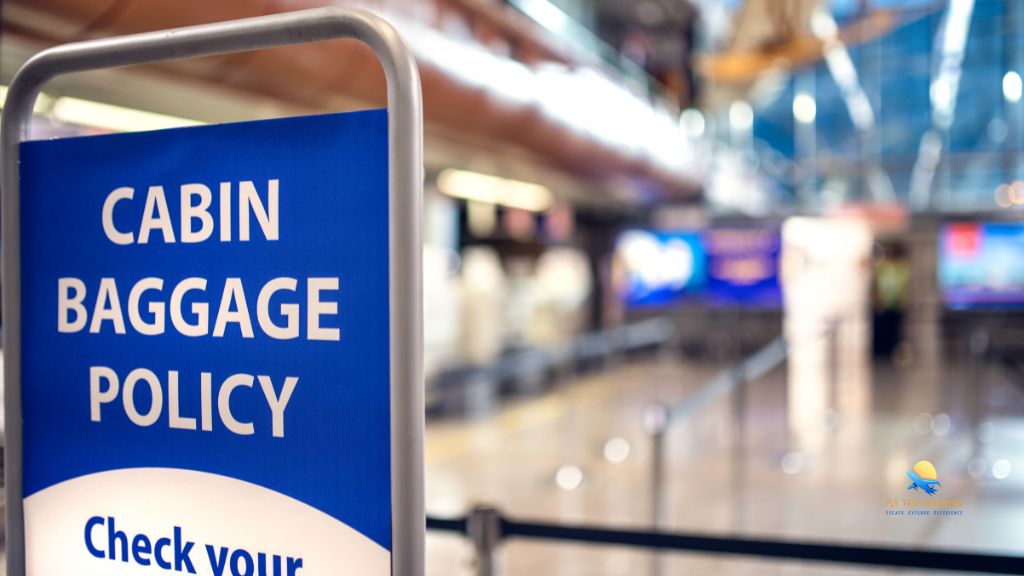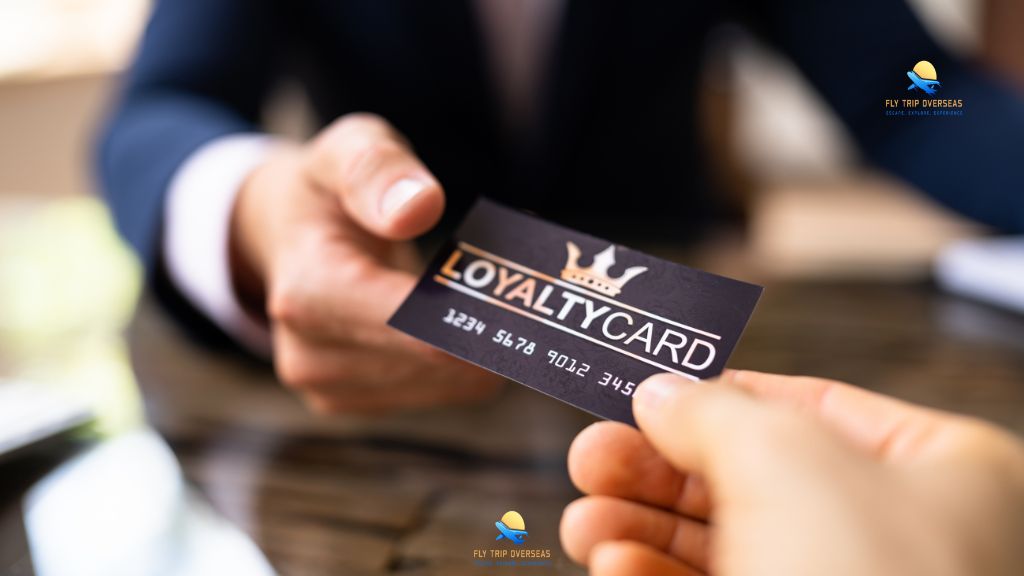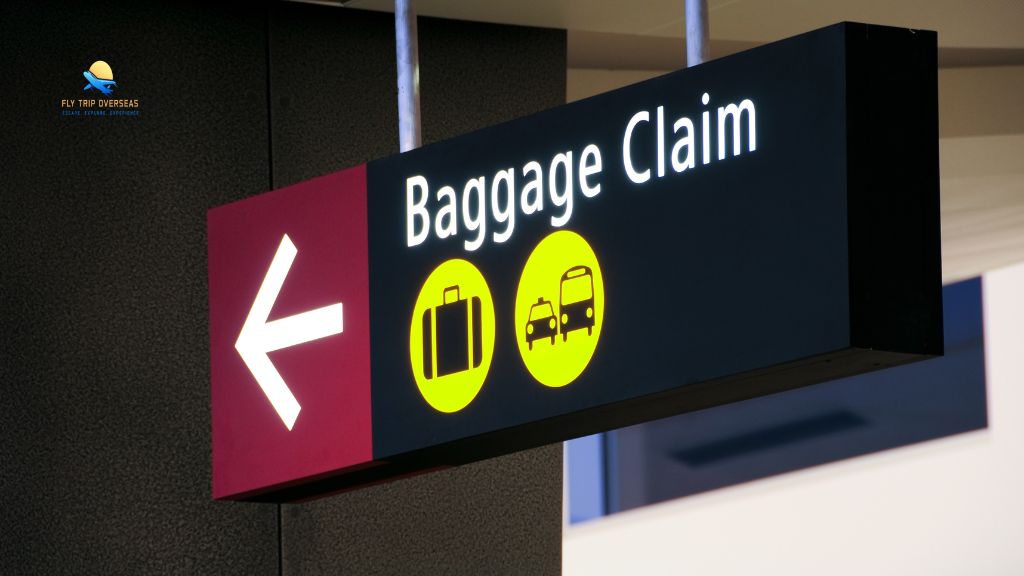Whether you’re flying for business or pleasure, understanding airline luggage restrictions is crucial to avoid unexpected fees, delays, or even denied boarding. Every domestic or international airline has specific rules on what you can bring, how much you can carry, and how your luggage must be packed.
In this guide from FTO Travels, we’ll demystify carry on baggage rules, check-in limits, prohibited items, and airline-specific baggage sizes with actionable packing tips to make your journey smoother.
Why Understanding Airline Luggage Restrictions Matters
Baggage policies can vary widely across airlines and even across different fare types. In 2024, over 26% of passenger complaints filed with airline regulators were related to baggage, either due to loss, delays, or fees. With stricter enforcement by many low-cost carriers and evolving security protocols, knowing your airline’s baggage rules can save you both money and frustration.
From carry-on limits to checked baggage fees, travelers must stay informed, especially in post-COVID travel scenarios where health and safety have introduced even more complexity.

Types of Baggage: A Quick Overview
Airline baggage typically falls into three categories:
- Carry-on baggage: Small luggage you can take inside the cabin.
- Checked baggage: Larger luggage is stowed in the aircraft’s cargo hold.
- Personal items usually include a backpack, handbag, or laptop bag.
Each category comes with its own size, weight, and content restrictions.
Carry On Baggage Rules: What You Need to Know
Airlines generally allow one carry-on bag and one personal item per passenger. However, sizes and weight limits differ.
- Standard carry-on size: 22″ x 14″ x 9″ (56 cm x 36 cm x 23 cm)
- Weight limit: Ranges from 7 kg to 10 kg, depending on the airline
Liquids, aerosols, and gels in carry-on luggage must be under 100 ml each and fit into a single quart-sized, resealable bag. Items like sharp objects, flammable materials, and lithium batteries are regulated.
Pro Tip: Use packing cubes to stay within volume limits and speed up security checks.
Checked Baggage Allowance and Fees
Checked baggage typically allows 20–30 kg per passenger, depending on class and route. Budget airlines like AirAsia and Wizz Air often charge per kilogram.
| Airline | Economy Allowance | Business Class Allowance | Overweight Fees |
| Emirates | 25 kg | 40 kg | $15–$30 per kg |
| Qatar Airways | 25–30 kg | 40 kg | $20–$35 per kg |
| Biman Bangladesh | 20–30 kg | 35–40 kg | Tk 1,000–Tk 2,500 per kg |
| AirAsia | Pay-per-kg | N/A | Hefty overage charges |
Overweight luggage can cost more than the ticket itself. Always check your airline’s website before packing.

Factors Influencing Your Baggage Rules
Understanding your airline’s baggage rules means looking beyond just the basics. Here’s what truly influences your allowance—and how airline luggage restrictions can vary depending on multiple factors:
Your Airline and Ticket Type
The most significant factor is always your airline and the ticket you buy. Budget carriers often charge for checked bags, even for the first one, due to stricter airline luggage restrictions. Full-service airlines, especially for international flights from Dhaka, usually include some allowance. Higher-tier tickets like Business or First Class almost always come with more generous limits. So, always double-check the specific rules for your fare when you book.
Your Route and Connections
Your travel route also matters. Rules can differ between international and domestic flights, and whether your journey uses a “piece concept” (standard for the Americas) or a “weight concept” (more typical for flights from Dhaka to Europe/Asia). These differing airline luggage restrictions can catch travelers off guard, especially if you’re flying with multiple airlines or on separate tickets. You may need to re-check your bags and pay additional fees for each leg. Even when flying under the same alliance, it’s wise to confirm your baggage allowance with your travel agency, FTO Travels.
Loyalty Programs and Credit Cards
Don’t forget your perks! Many frequent flyers enjoy extra baggage benefits thanks to elite airline status or co-branded credit cards. These often override standard airline luggage restrictions, providing more flexibility and significantly reducing excess baggage costs over time, making your journeys from Dhaka easier and more economical.
Packing Tips: Avoiding Baggage Policy Pitfalls
- Weigh before you go: Use a digital luggage scale.
- Roll, don’t fold: Saves space and reduces wrinkles.
- Layer smartly: Wear bulky items like jackets or boots on the plane.
- Distribute weight: Balance items between checked and carry-on baggage.
Packing efficiently helps you stay within airline baggage size limits and makes unpacking at your destination easier.

Airline Baggage Size: What Airlines Expect
Airlines have specific requirements for carry-on and checked baggage dimensions, which vary not just between carriers but also by travel class and destination. Understanding these limits in advance can save you from last-minute repacking or costly fees at the airport.
Here’s a closer look at what some major airlines expect from economy-class travelers:
- Biman Bangladesh Airlines: Carry-on up to 7 kg, checked baggage 20–30 kg depending on the route and fare class. Domestic routes tend to allow slightly less than international ones.
- Turkish Airlines: Carry-on baggage can weigh up to 8 kg, and checked baggage in economy typically allows 30 kg. However, the piece concept (2 pieces max) applies to some international routes.
- Singapore Airlines: The airline allows 7 kg of carry-on luggage and 30–35 kg of checked baggage on most routes. It is also known for leniency in family travel and long-haul international flights.
- Emirates: Economy class allows 7 kg of carry-on and 25–30 kg of checked baggage. However, weight and piece allowances for flights to/from the U.S. or Africa may differ.
🧳 Tip: Invest in lightweight, expandable luggage that meets most international cabin and cargo size standards. Verify airline-specific dimension limits—some require maximum linear inches (L+W+H), not just weight.
Special Items & Sports Equipment
Many travelers must carry items beyond standard luggage, like musical instruments, sports gear, baby strollers, or medical devices. Airlines treat these items differently:
- Sports equipment such as golf clubs, bicycles, or skis often requires booking and may incur additional fees.
- Musical instruments may be allowed in the cabin if they fit in overhead bins or can be purchased as an extra seat.
- Baby items like strollers or car seats are typically allowed free of charge but must meet airline-specific size regulations.
- Medical equipment, including oxygen tanks or CPAP machines, should be declared in advance and may require a doctor’s note.
It’s always best to notify the airline early and check their guidelines for handling and transporting these items to avoid any last-minute surprises at the airport.
What You Can’t Bring: Prohibited Items List
No matter where you’re flying, certain items are universally banned:
- Explosives or fireworks
- Flammable liquids or lighters
- Self-defense sprays
- Sharp tools or knives (carry-on)
- Lithium batteries (checked baggage)
Refer to IATA guidelines or your airline’s official site for updates.
Lost, Damaged, or Delayed Baggage: What To Do
Losing or delaying your luggage can be one of the most stressful parts of air travel. Here’s how to handle it efficiently:
- Report immediately: Visit the airline’s baggage service desk before leaving the airport. You’ll receive a Property Irregularity Report (PIR) with a tracking number.
- Track the bag: Most airlines allow you to track your baggage status online using the PIR reference.
- Submit a formal claim: If your baggage is not returned within 21 days (or is damaged), you may be eligible for compensation. Keep receipts of essential purchases made while your luggage was missing.
- Know your rights: Under the Montreal Convention, passengers are entitled to compensation for lost, delayed, or damaged baggage up to a specific limit. However, filing within the required timeline (typically 7 to 21 days) is critical.

FTO Travels: Your Compass for a Stress-Free Journey
Navigating the complexities of airline luggage restrictions, understanding intricate carry on baggage rules, and avoiding those dreaded excess baggage costs can feel overwhelming. At FTO Travels, based in Dhaka, Bangladesh, our mission is to ensure your entire travel experience, from booking to baggage claim, is as seamless and enjoyable as possible.
-
Expert Guidance:
Our seasoned travel consultants are intimately familiar with the baggage policies of all major international and domestic airlines flying from Bangladesh and globally. We provide precise, tailored information for your specific itinerary, preventing any last-minute surprises.
-
Fare Class Clarity:
We’ll help you understand the baggage allowance included with different fare classes, ensuring you choose a ticket that perfectly matches your needs and budget.
-
Pre-booking Assistance:
If you anticipate needing extra baggage, we can help you pre-book an additional allowance online, which is almost always more cost-effective than waiting until you’re at the airport.
-
Complex Itinerary Support:
For journeys involving multiple airlines or unusual connections, we guide you through the intricacies of baggage transfer rules and “Most Significant Carrier” policies so you’re always prepared.
-
Beyond Baggage:
From finding the best time to buy international airline tickets and securing visas to arranging accommodation and comprehensive travel insurance, FTO Travels is your trusted, one-stop solution for all global travel needs.
FAQs: Airline Luggage Restrictions
How many bags can I carry on a plane?
Most airlines allow one carry-on and one personal item, but exact airline luggage restrictions can vary by carrier and ticket type.
What are the airline luggage restrictions for checked baggage?
Checked baggage allowances typically range from 20–30 kg in economy class. Always check your airline’s policy, as restrictions differ by route and airline.
What items are not allowed in carry-on bags?
Common airline luggage restrictions prohibit sharp objects, flammable items, and liquids over 100 ml in carry-on baggage.
Can I take snacks or food on the plane?
Yes, solid food items are usually allowed. Just make sure any liquids or gels comply with airline luggage restrictions—no more than 100 ml per container in carry-ons.
Are strollers or car seats allowed for free?
Most airlines permit one baby item, such as a stroller or car seat, free of charge. Still, check specific airline luggage restrictions for infant travel.
How can I avoid extra baggage charges?
Weigh your bags home and follow your airline’s size and weight guidelines. Understanding your airline luggage restrictions helps prevent surprise fees.
What’s the difference between carry-on and personal items?
Carry-ons are larger and go in the overhead bin, while personal items must fit under the seat. Size rules are part of standard airline luggage restrictions.
What happens if my luggage is lost?
Report it immediately at the baggage desk and file a claim. Airlines have procedures and compensation policies under global luggage restrictions and liability guidelines.
Can I take power banks on flights?
Yes, but only in your carry-on. Under most airline luggage restrictions, power banks are not permitted in checked baggage.
Where can I check my airline’s baggage policy?
Visit your airline’s official website or contact FTO Travels for a clear breakdown of the latest airline luggage restrictions for your trip.
Final Thoughts About Airline Luggage Restrictions
Understanding airline luggage restrictions and following carry on baggage rules is not just about convenience—it’s about ensuring a stress-free journey. Proper preparation can make all the difference, whether you’re a frequent flyer or a first-time traveler. A little knowledge goes a long way, from knowing your baggage size to implementing smart packing tips.
